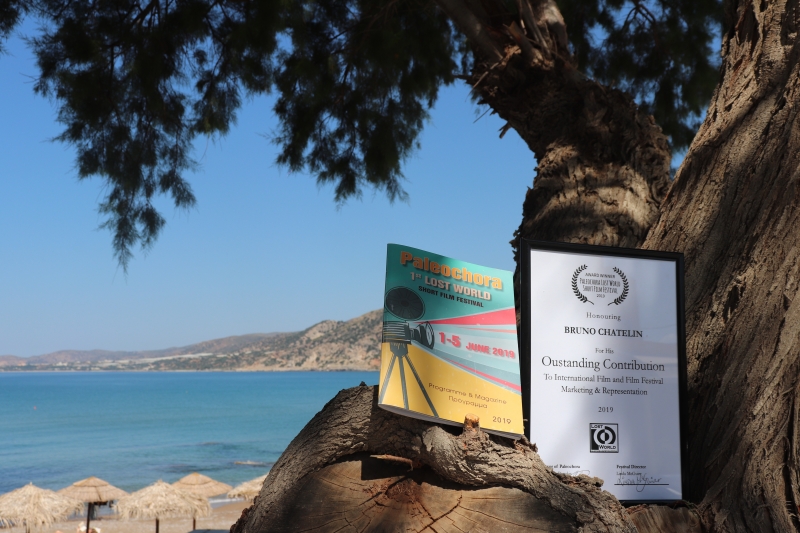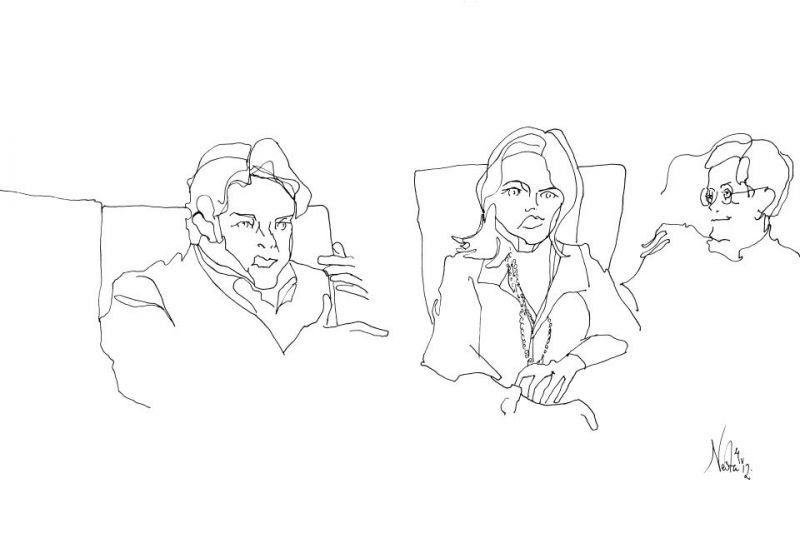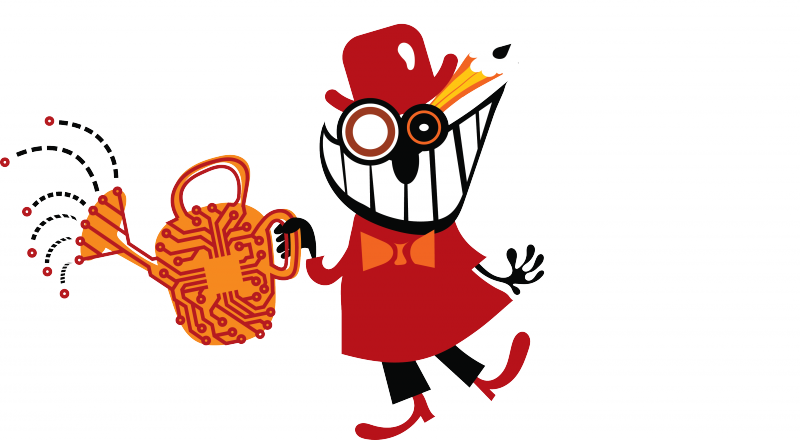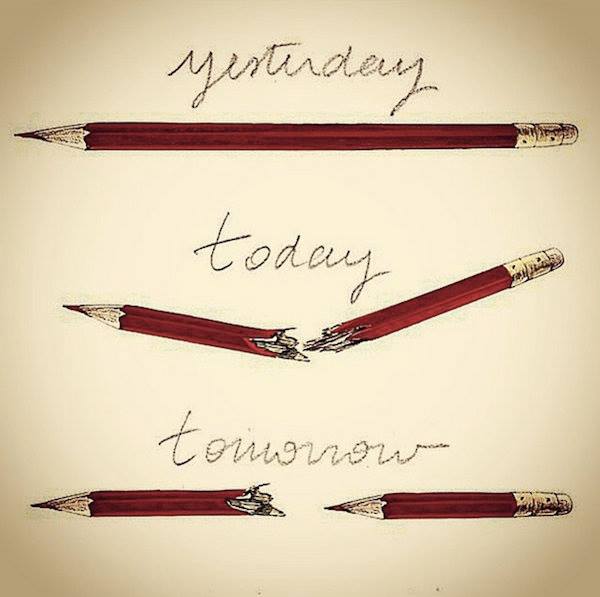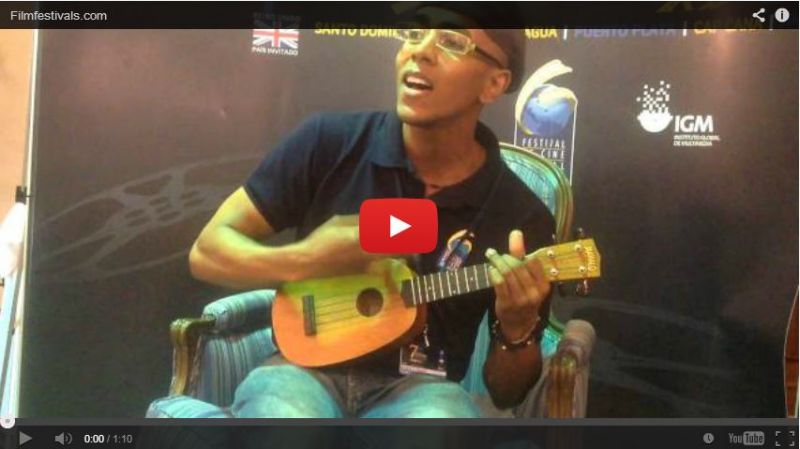Interview with French Film Director, Phillipe Seclier/"An American Journey"/Photographer Robert Frank
"An American Journey: Revisiting Robert Frank's 'The Americans'": Opens at "The Film Forum" on Wednesday, September 30.
SA: Question: "Robert Frank is thought of as one of the greatest living masters of photography. How did you decide to make a film about him?"
Phillipe Seclier: Answer:
"It's a long story. I traveled to the USA in 1984, and learned a lot about American culture, theater, movies, paintings and American photography. In 2005, I was looking to publish a book of photographs, "La Longue Route de Sable", I made based on the story by Italian filmmaker, Pier Paolo Pasolini. The photos are from a trip I took throughout the Italian coast following in the footsteps of Pasolini. Pasolini made the film in 1959, and I made the same trip in 2001. After publishing the book in France and Italy, I decided to do another project, but I didn't want to do another book of photography, because it was so easy.
I had visited the "Storylines" exhibition at "The Tate Modern" in London by Robert Frank, and saw a special room called, "The Americans", Of course, I knew his work, and his book. Also the first time I went to the USA , I was very impressed with Ansel Adams, and Edward Weston. It was my second trip I took to the USA, when I discovered Robert Frank, and when I was in the special room, at "The Tate Modern" with "The Americans" exhibition by Robert Frank, it was the kick, and I decided to spend a lot of time in the USA to try to find the places where Robert Frank took his photographs. I tried to find everything in the book, to meet all the people who knew everything about the book, spoke to curators, photographers, and painters. I began this project in 2005 in Houston. I decided to take the road to make the same trip he made 50 years ago with a Guggenheim fellowship. I was alone at the beginning of this project. I had no grounds, no fellowship, no producer, at the beginning. It was very odd, but I decided to do it, because I thought it was a unique way to try to arrive at the finish. But after four years, there were a lot of ups and downs, like a mountain range, but I never stopped searching. I tried to find everything. It took four years, 15,000 miles, 70 hours of footage, and 30-40 interviews."
SA: Question: "What is your favorite Robert Frank story?"
Phillipe Seclier: "The fact that he was very courageous to make this project. Because I think it was difficult taking photographs during the 1950's, when you are an outsider, a foreigner, not an American. He was arriving to America in 1947, going to South America for one year, then going to Europe, it was his first trip to America, and he was very courageous. Of course, He had a grant, but it's not enough just to have a grant, you need to have a good eye and to be very courageous."
SA: Question: "Do you have a favorite photograph?"
Phillipe Seclier: "It's very hard, because in "The Americans" book there are 83 photographs, Robert Frank took approximately 20,000 photos, selected 1000 photos, then narrowed it down to 83. He printed them himself, and at the Metropolitan Museum of Art exhibit opening September 22nd, you can view a lot of his photos. It's difficult to pick just one, but I appreciate the cover. I went to New Orleans to try to find out more because this is an iconic photograph about segregation. When I decided to make this film, I knew it was necessary for me to go to Hoboken, NJ. I love the two women holding the flag. Another important photograph was from inside the hotel window in Butte, Montana. I went to try to find the flag, and met Miss Molboy, who is now 65, In Butte, it's the only image from a hotel view, and the hotel is the spirit of the trip. I was very lucky to meet the owner of the hotel who gave me the opportunity to enter inside the room, and another important photo, I heard about this black woman, on the motorcycle in Indianapolis, and I met her, her husband died 10 years ago. and it was very emotional to meet her, and the last one was in Detroit, a very iconic photograph with white and black people, because I think it's an image of segregation during the 50's. There are a lot of special images."
SA: "Did anything out of the ordinary happen when you retraced his footsteps? Did you get pulled over, did you notice any racial problems in rural America? Robert had been arrested at one point in the film."
PS: "No, no problems, traveling in the USA is very easy, and sometimes it is very hard when you are alone, but no, I had no problem with that. I was very lucky to meet people who helped me a lot. I met the policeman where he was arrested and he was very friendly, and spoke a lot a lot about the fact that it was horrific to be arrested 50 years ago, and to stay in jail maybe a few hours. It was horrific."
SA: "Robert Frank was a European foreigner looking into America, and you are as well, how does that shape your point of view?"
PS: "I don't know if an American filmmaker can make this film. It is a good opportunity to have the distance when you are an outsider to focus on the subject, like this book and this country. Some curators explained that very well in the film, the fact that he was an outsider was very important. At the same time, it was very hard for him because critics were very upset when they discovered this book. That it was not about the American dream with beautiful landscape and the Statue of Liberty, it was about how difficult it is to live in this country for people and especially for poor people. This book talked about the rich/poor, black/white, racism/segregation, and religion. The country has changed, the time has changed, but sometimes we see history repeating itself, with times like Hurricane Katrina, we see the difficulty blacks face. That was the target of the film to make an observation between two periods and to make the link between those two periods."
SA: "What are Robert Frank's feelings about the film? Does he know about it? Was there anything he didn't want to show or say?"
PS: "I met him for the first time 2 years ago in Germany with his publisher, Gerhard Steidl, who published "The Americans". It was very funny b/c maybe he understood I had no support in making this film like he was 50 years ago. so after meeting him, he pushed me to finish the film. He was very appreciative that I found the black woman, because for him it was important to know she was still alive, and she talked about her husband. He was very friendly with me. He was in Washington, DC at The National Gallery of Art exhibition, about his book Robert Frank/"The Americans' which we will welcome at Metropolitan Museum of Art here. He saw the film in January, and I think he appreciates the film."
"When you decide to make a documentary like this film, it's impossible to believe it's over and reading to be shown at The Film Forum. It's an experience , a large part of your life. Trying to go into the footsteps of a maestro of photography. Now the film is finished , I am very happy."
SA: Question: "What's next?"
PS: "It's difficult to imagine another film on photography after this one, because this book is very important. I try maybe to do something with abstract art, because I am very passionate about American Abstract art. It's too early to decide something. I need to wait to sort out the film to be sure it grows up and makes it's own life. "
The Metropolitan Museum of Art's exhibit, "Looking In: Robert Frank's "The Americans," opens September 22, 2009.
Sharon Abella
http://www.fest21.com/en/blog/sharonabella/interview_with_french_film_di...
 Chatelin Bruno
Chatelin Bruno 
















